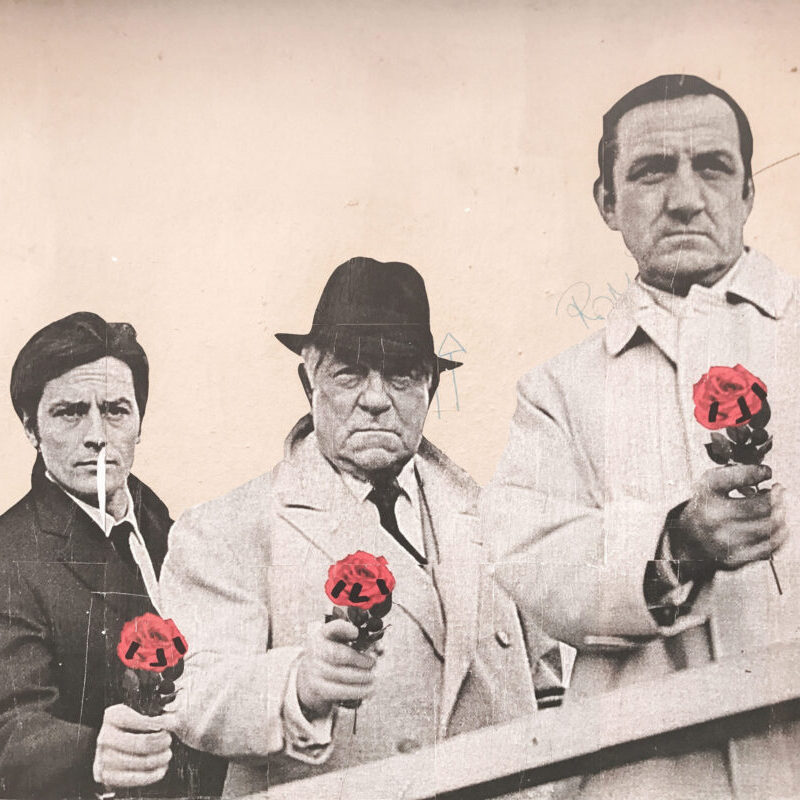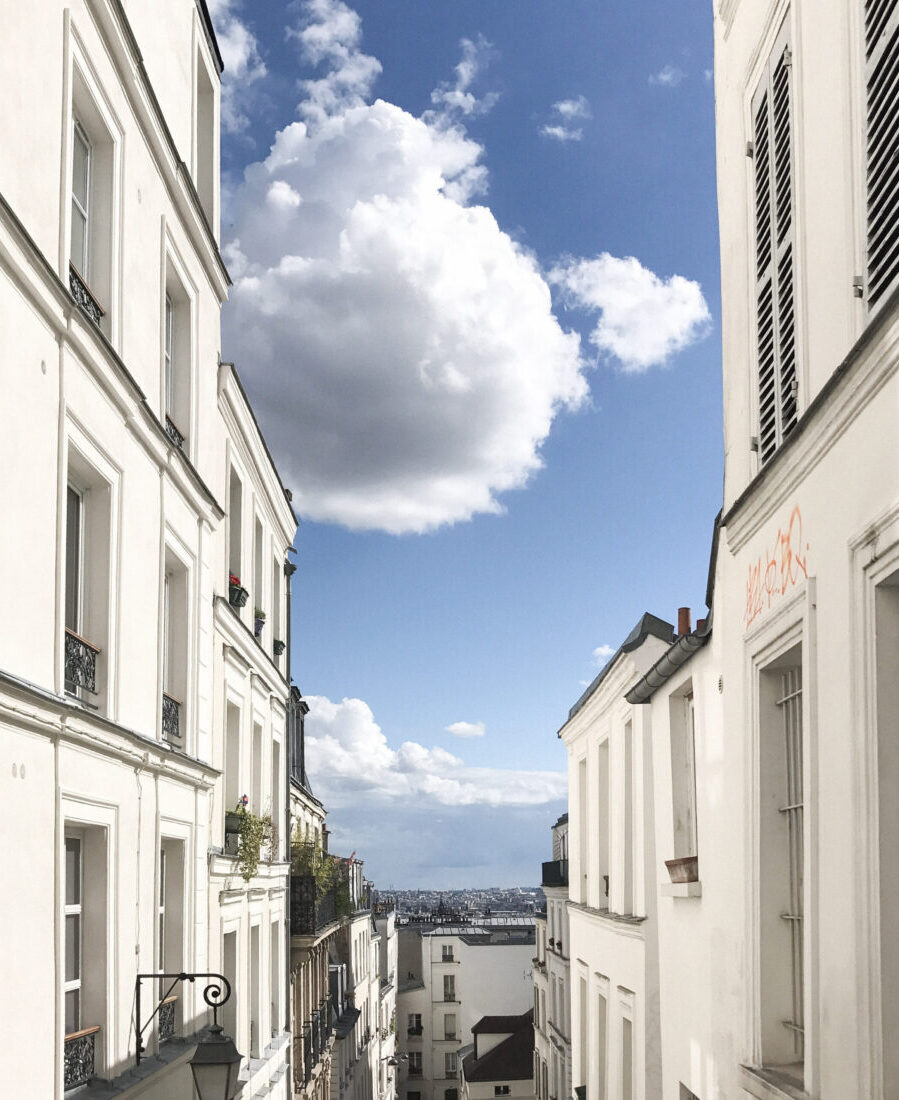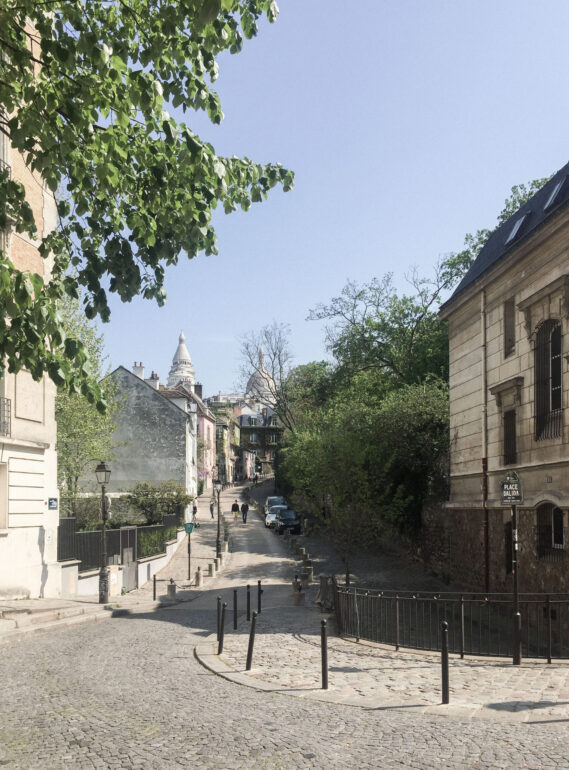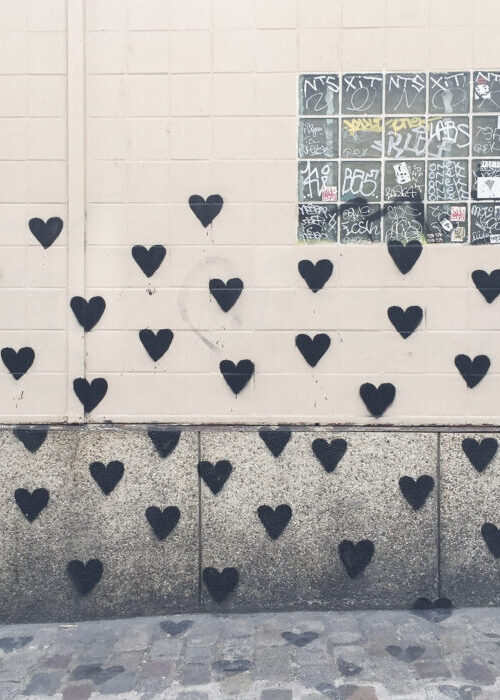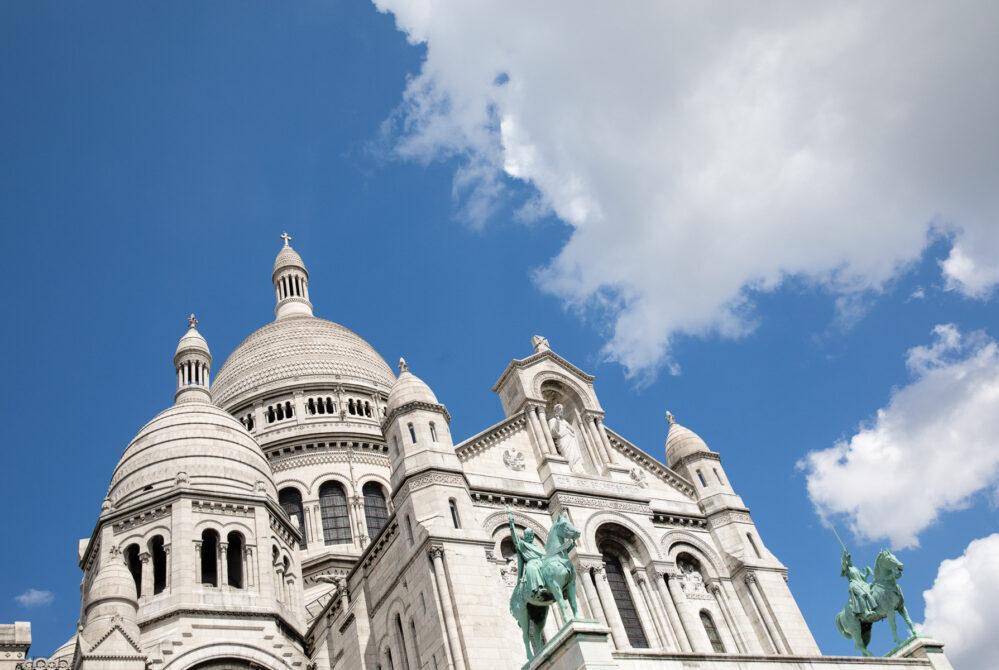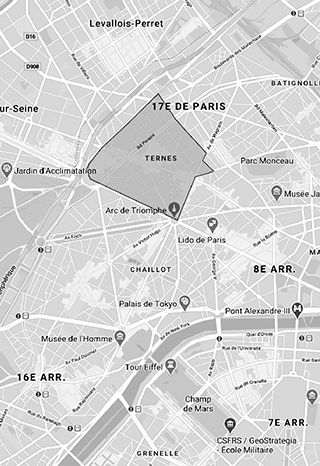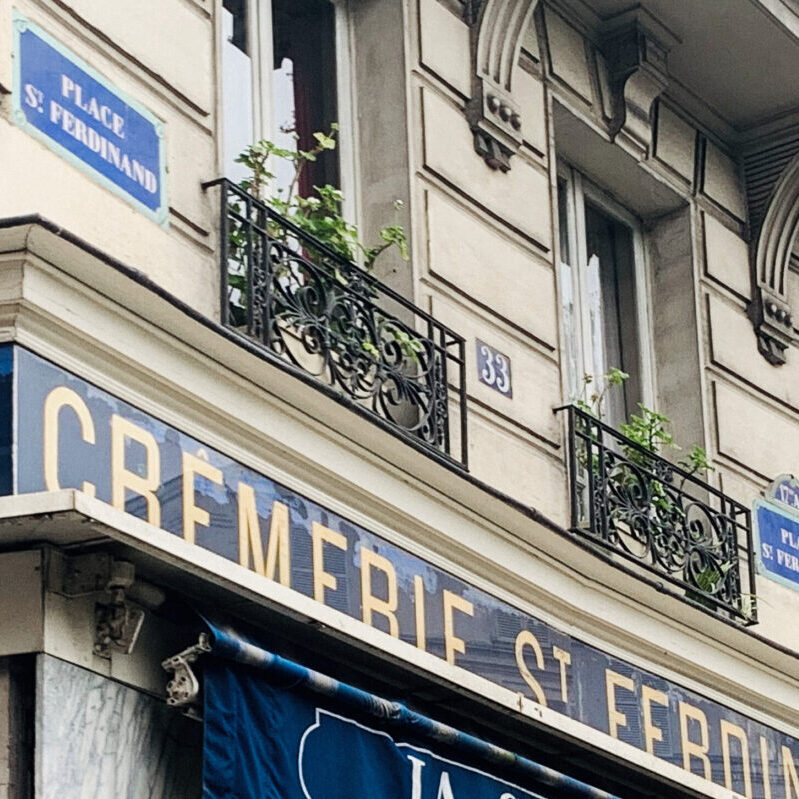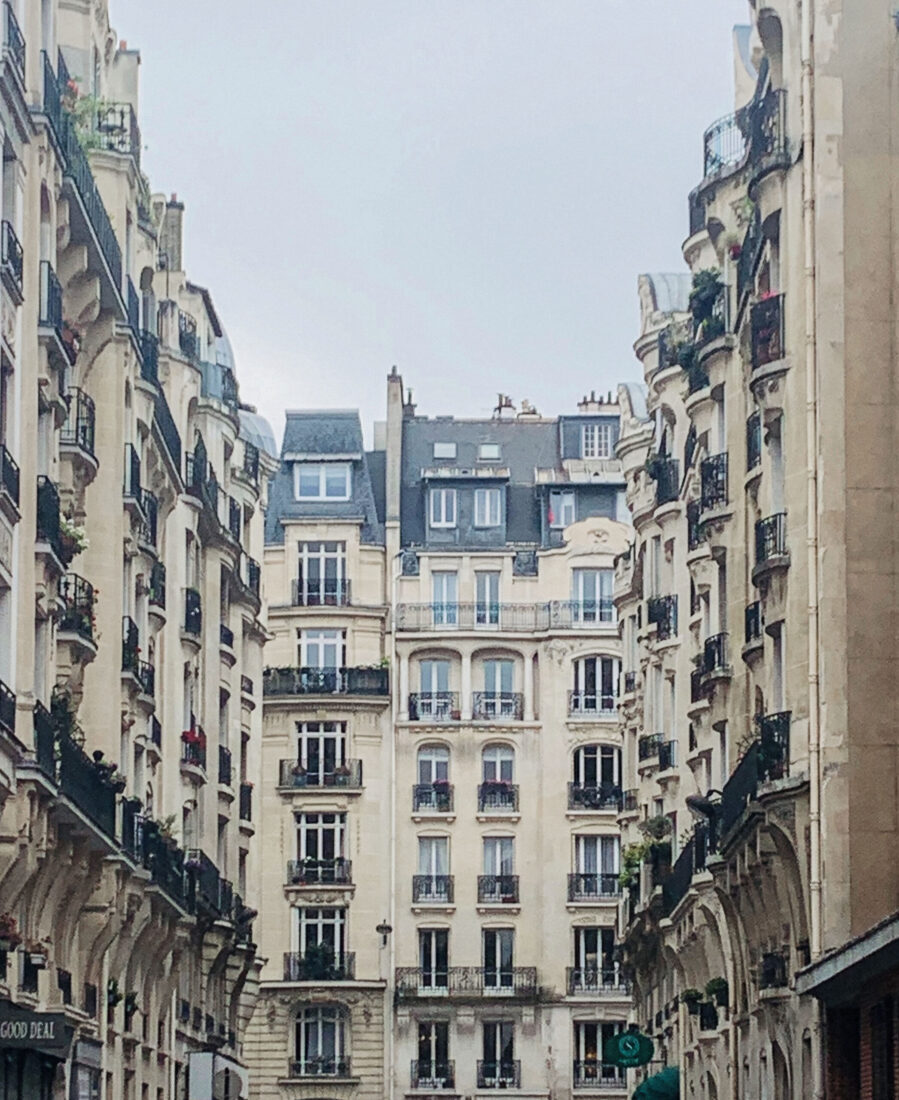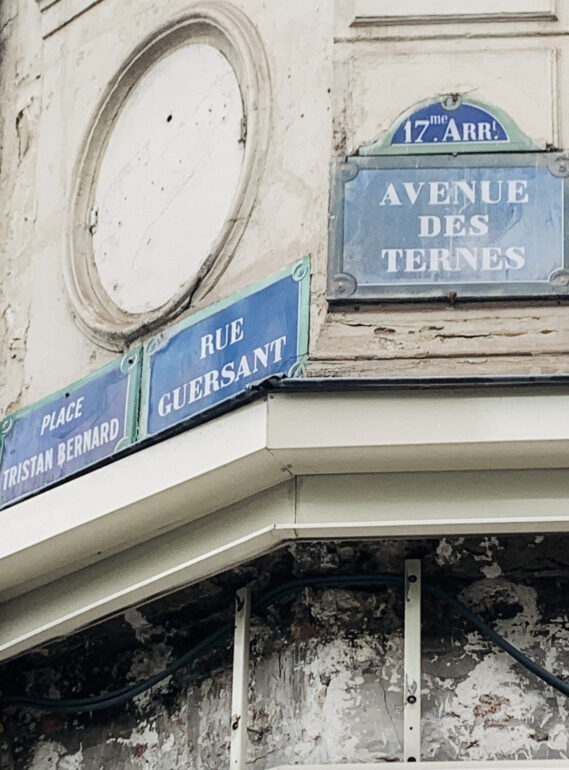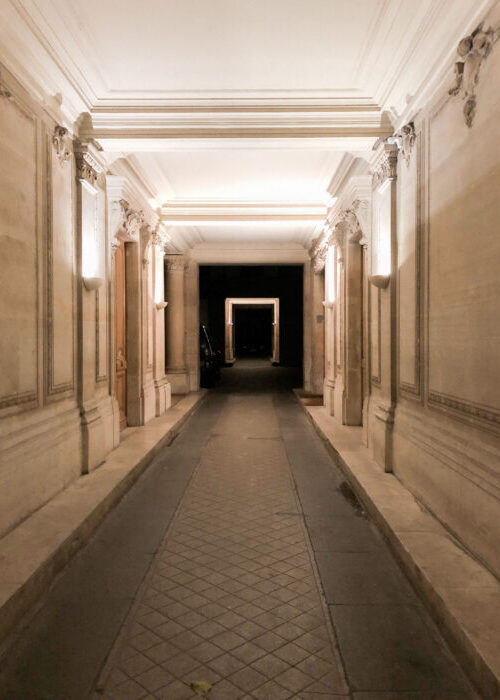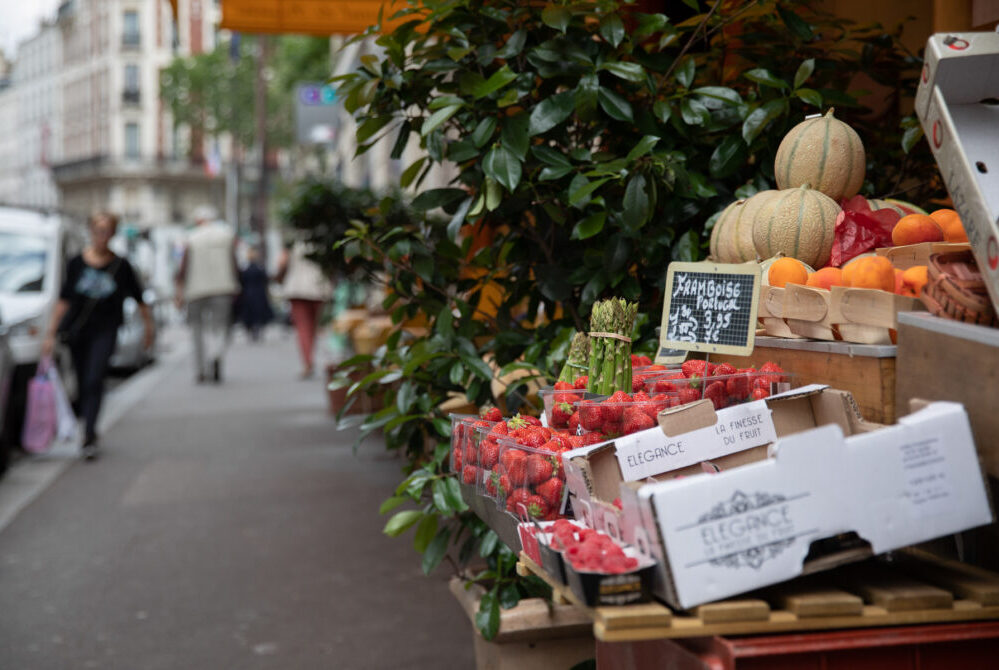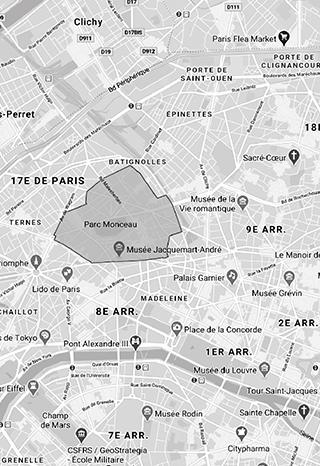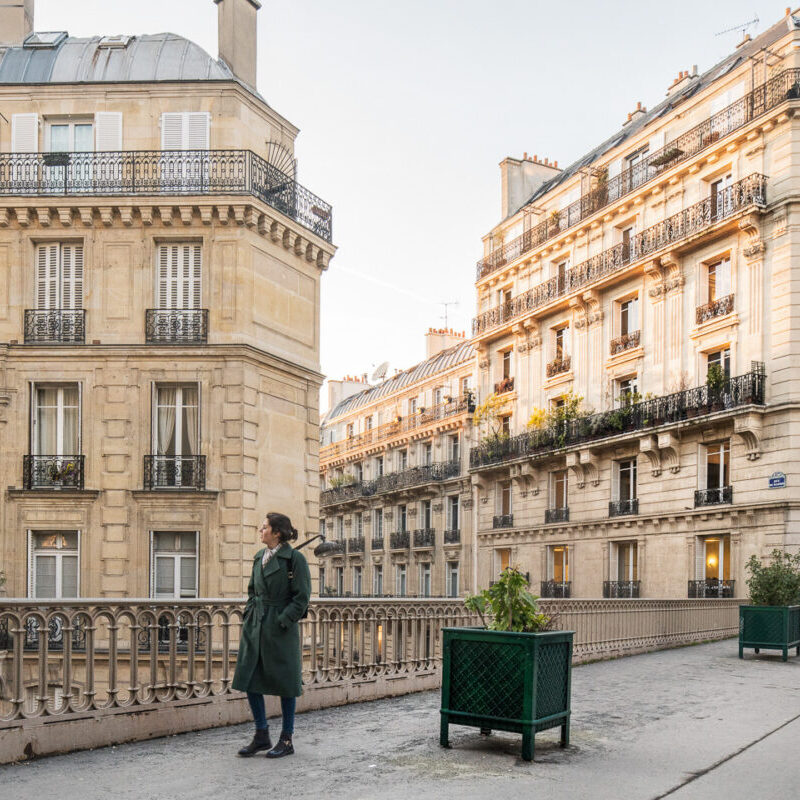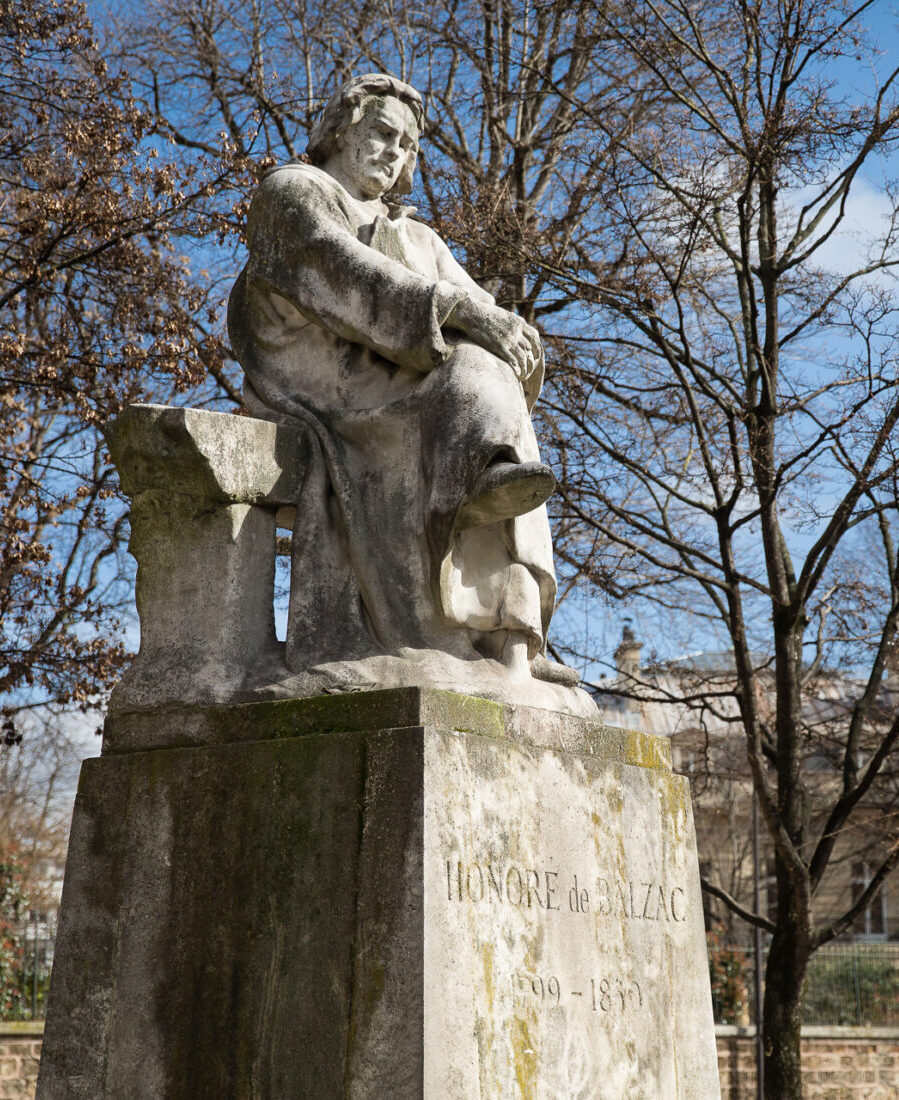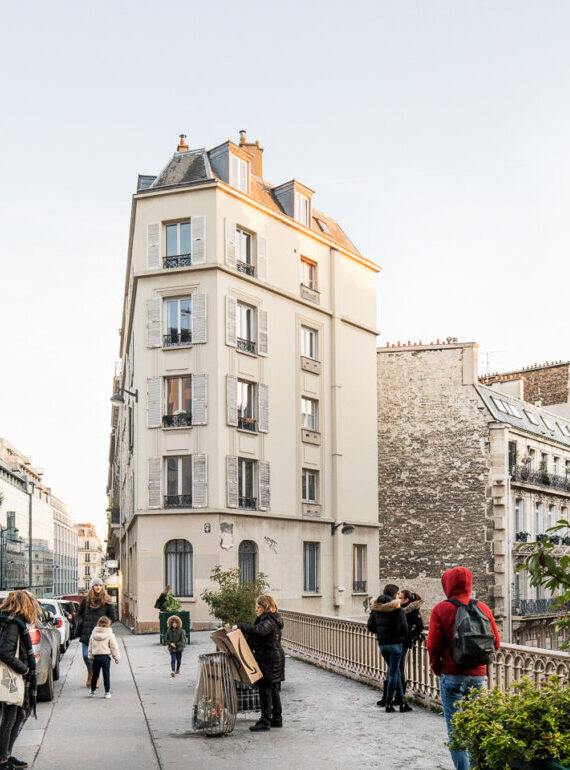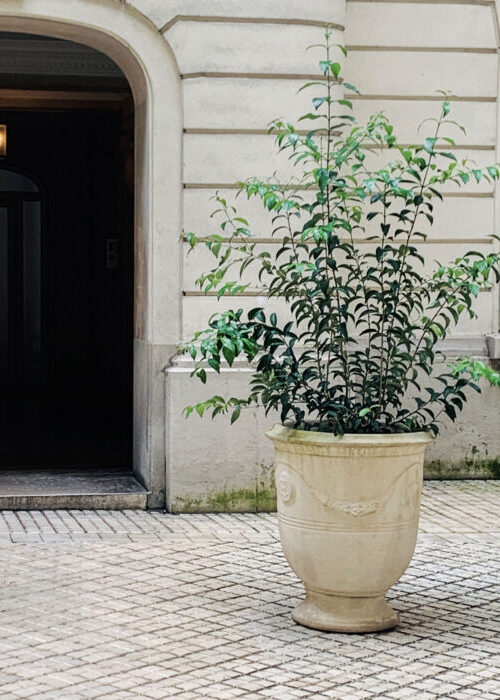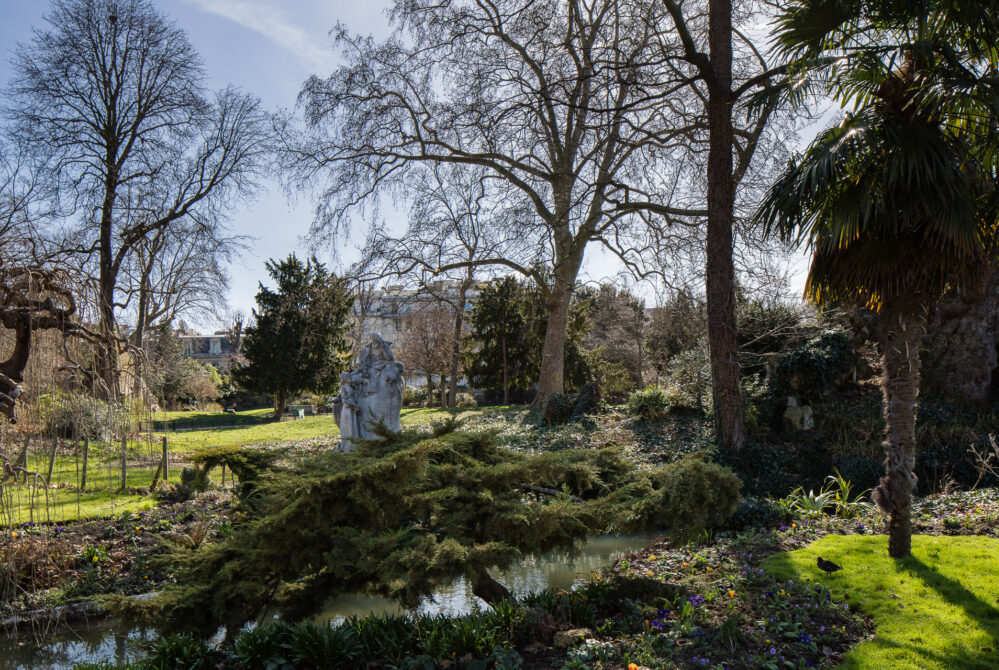Butte Montmartre

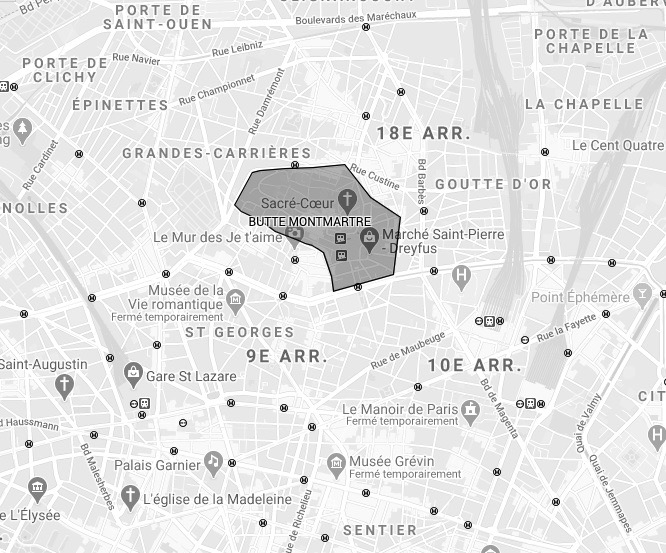
t has in fact lost none of its atmosphere which was so popular with artists of the 19th and 20th centuries: Toulouse-Lautrec, Dalida, Picasso, Modigliani, Barbara, etc. Its steep streets and long staircases, its colorful facades around the Place du Tertre and its vineyards immortalize the memory of the district’s rural past.
In terms of architecture, Montmartre has a lot to offer: artists’ studios, mansions, villas with gardens, apartments with terraces. While some residents have been living in Montmartre for a long time and would not move for the world, the district also attracts nostalgics and lovers of the picturesque. Some streets hide real pearls, such as Villa Léandre or the passage at number 45 rue Lepic.
Rather than large retailers, the district can boast of having retained its small food shops and a wide choice of restaurants, bars and performance venues. Enough to perfect the postcard image!
